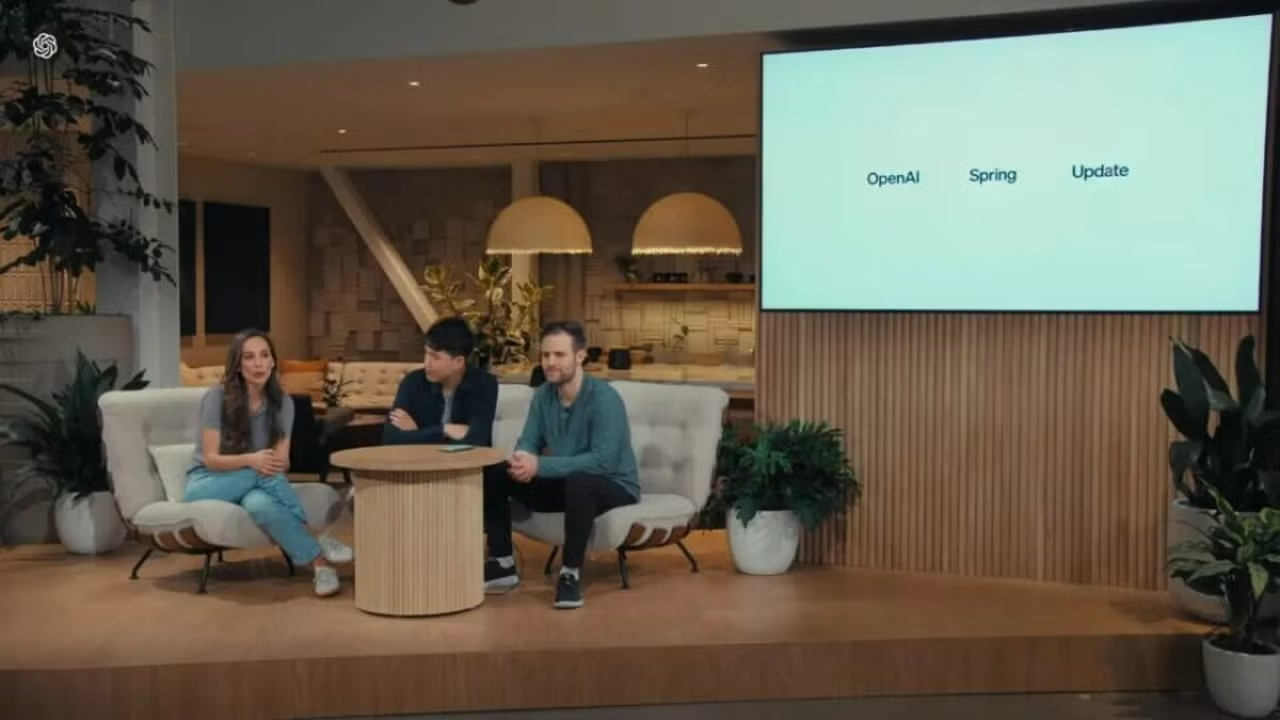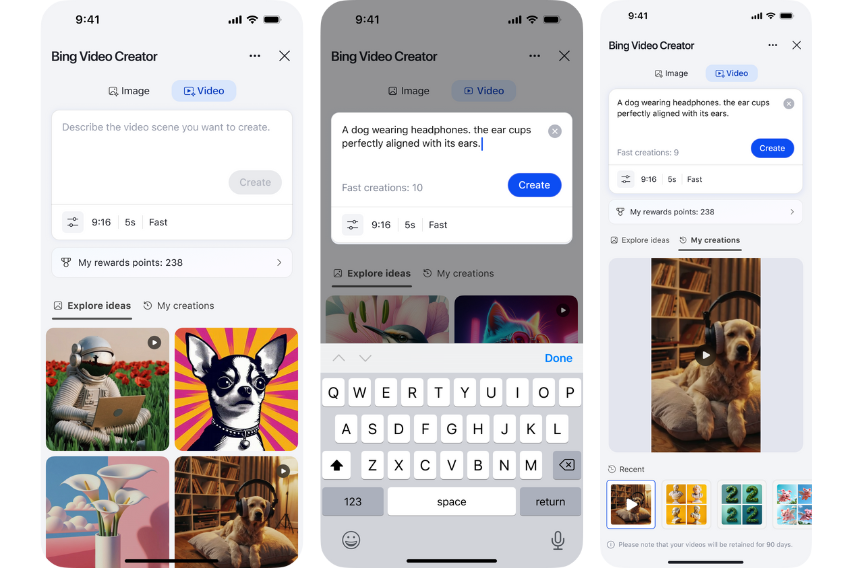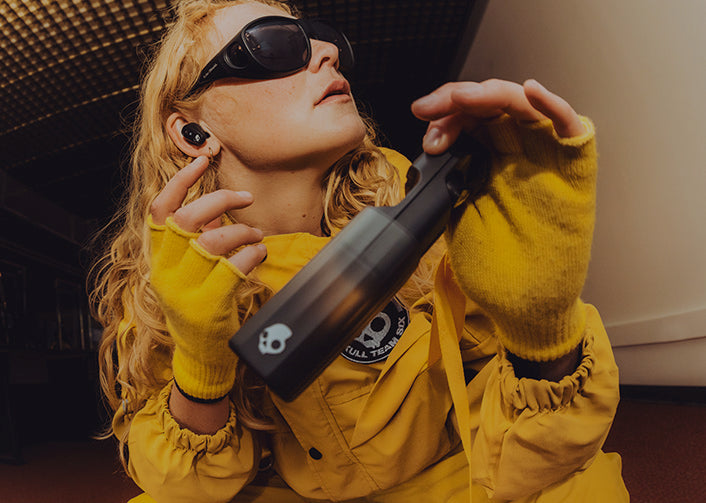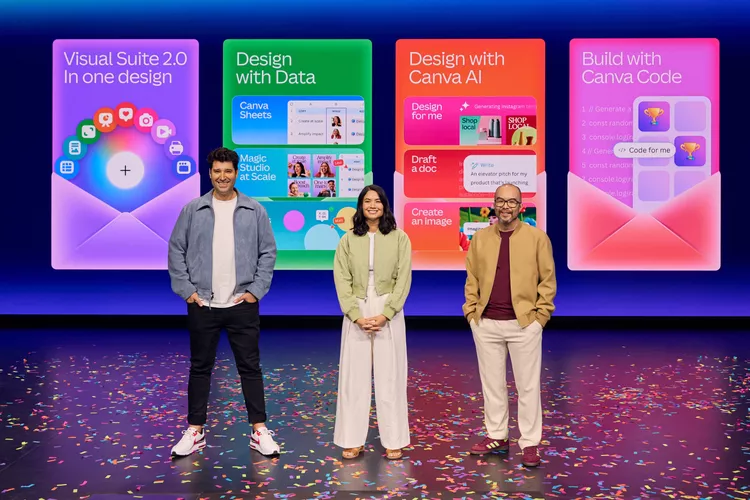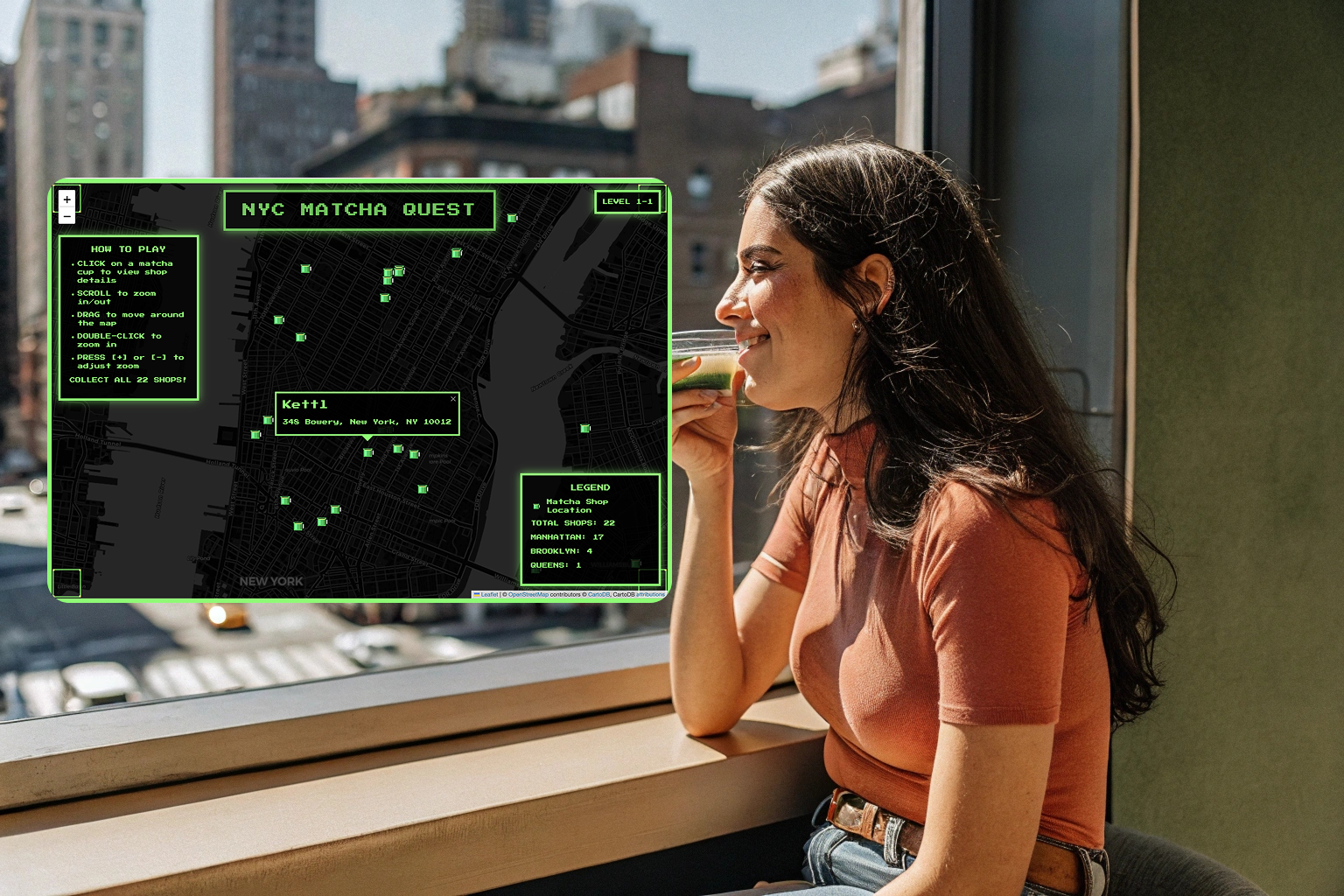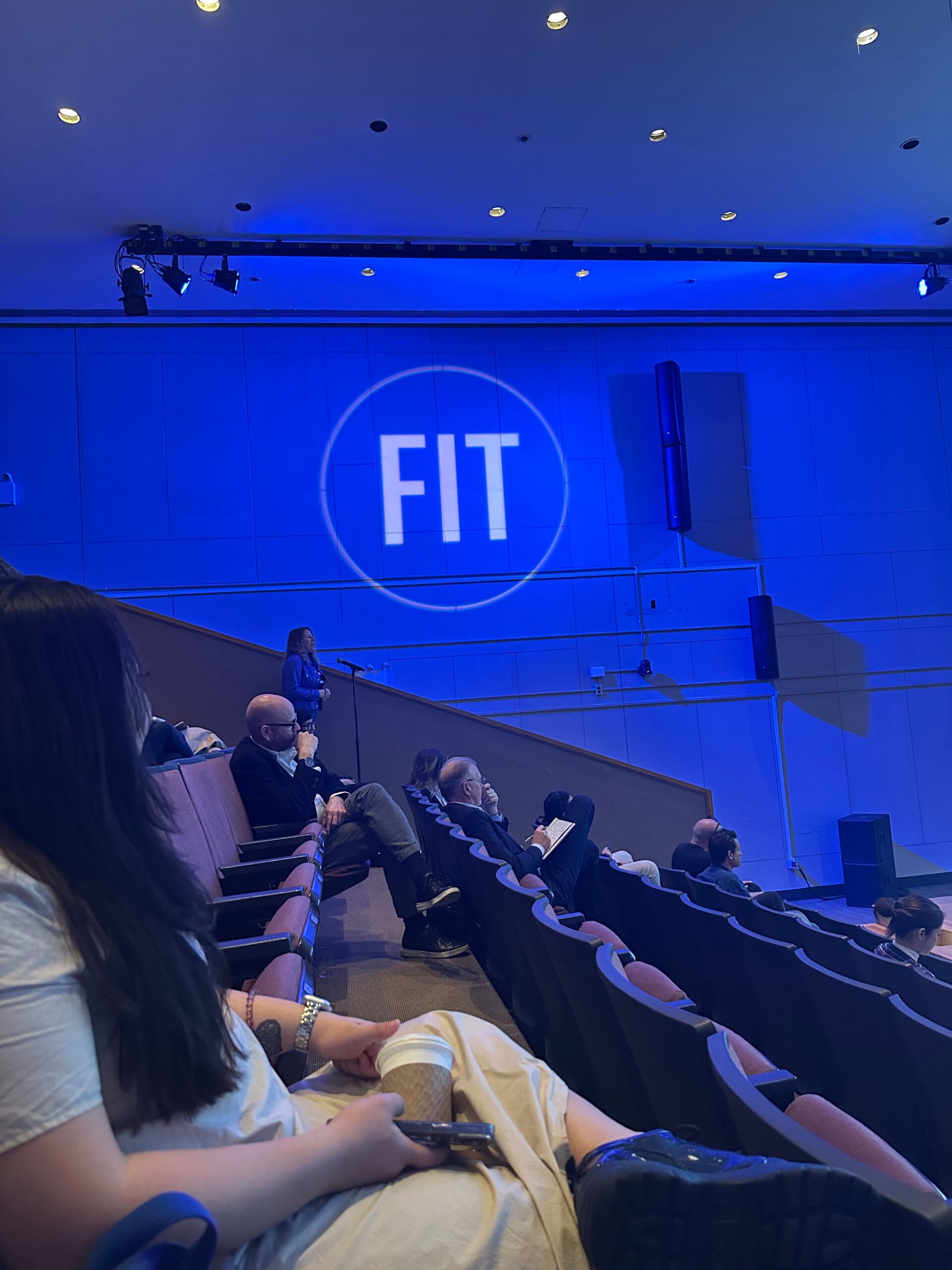Those pricey AI subscriptions? You can dodge them entirely. A new combo of open-source tools—DeepSeek R1 and BrowserUse—lets you build an AI automation system that runs on a Raspberry Pi, the tiny computer within $100.
“But does it actually work?” you might ask. According to different tests we see online, DeepSeek R1 matches or beats many premium AI models with the exception of slight slower processing time. And when paired with BrowserUse for automation, it handles everything web-based tasks from content scheduling to market research—all without monthly fees or usage limits.
What can you automate? Pretty much anything you’d do in a web browser:
- Monitor industry news
- Collect data from websites
- Handle repetitive online tasks
- Schedule and post social content
- Track competitor prices
The setup runs locally on your Pi, meaning no cloud fees or API costs. Your data stays on your hardware, and you can run it 24/7 while using less power than a desk lamp.
Sure, you’ll need to roll up your sleeves for the initial setup. But for the price of a few months’ worth of coffee, you get an AI automation system that rivals tools costing hundreds per month.
The future of AI might not be in expensive cloud subscriptions after all—it might be sitting on your desk, running on a computer smaller than a sandwich.
Here’s what $100 gets you:
- $50-$90+ for a Raspberry Pi 4/5
- $30 for basic accessories (case, power supply)
- $5+ yearly in electricity costs (Depending on how much you use)
Compare that to commercial options costing $2,400+ annually, and you start to see why this matters.
Breaking Down Your New AI Automation Stack
BrowserUse – Your Automated Web Navigator:
- Never sleeps
- Never complains about repetitive tasks
- Actually remembers how to do everything perfectly
- Doesn’t need login credentials to your accounts
- Runs smoothly even on low-power hardware
- Check out the full capabilities in the documentation
DeepSeek R1 – Your Local AI Powerhouse:
- Outsmarts most commercial AI models
- Runs right on your machine (yes, even a Raspberry Pi!)
- Makes decisions that actually make sense
- Zero subscription costs
- Full model details on the Ollama Model Card
The entire setup runs on a Raspberry Pi. That tiny computer can handle:
- Full web automation suite
- Local AI model (14B parameter version)
- Multiple simultaneous tasks
- 24/7 operation
Raspberry Pi 5
|
|
Raspberry Pi 4 Model B
|
|
Accessories for Raspberry Pi Setup:
Official Raspberry Pi 5 Power Supply
|
|
Official Raspberry Pi 5 Case
|
|
Heatsinks for Raspberry Pi 5
|
|
MicroSD Card (32GB or higher)
|
|
Total cost for a dedicated automation box: under $100. Power consumption: less than a LED bulb.
| Cost Category | Raspberry Pi Setup | Cloud Services |
|---|---|---|
| Initial Setup Costs (One-time) | ||
| Hardware | $35 (Raspberry Pi 4) | $0 |
| Accessories | $30 (SD card, power supply, case) | $0 |
| Monthly Running Costs | ||
| Power Consumption | ~$0.42 (5W × 24/7) | N/A |
| API Costs | $0 | $0.03/1K tokens (~$100+/month with regular use) |
| Server Costs | $0 | $20-50/month |
| Tool Subscription | $0 | $200/month (e.g., OpenAI’s Operator) |
| Total First Year | ~$70 | $2,400+ |
| Annual Cost (Subsequent Years) | ~$5 | $2,400+ |
| Usage Limits | ||
| Queries/Tasks | Unlimited | Pay per use |
| Internet Requirement | Only for web tasks | Required for everything |
| Processing Speed | Limited by Pi hardware | High-performance |
* Costs are approximate and may vary based on location, electricity rates, and specific usage patterns
* Cloud costs can increase significantly with heavy usage
Automating Real-World Tasks For Different Fields
Content Creation and Social Media
"Set up a content calendar for the next month across Instagram, Twitter, and LinkedIn"Your automated assistant will:
- Plan out your posting schedule
- Draft customized content for each platform
- Schedule everything automatically
- Track engagement patterns
- Run 24/7 on your Pi without breaking a sweat
Design Trend Analysis
"Monitor Behance, Dribbble, and Pinterest for emerging UI design trends in fintech"Your system keeps track by:
- Scanning multiple design platforms
- Analyzing common patterns
- Creating trend reports
- Saving reference images
- Maintaining continuous monitoring even when your main machine is off
Music Industry Monitoring
"Track my band's mentions across music blogs and social media"Watch it handle:
- Continuous platform monitoring
- Mention and review compilation
- Streaming number tracking
- Collaboration opportunity flagging
- Background operations on minimal power
Market Analysis and Competitor Tracking
"Analyze competitor pricing changes across their product range"Automated tracking includes:
- Price fluctuation monitoring
- Comparison report generation
- Promotional pattern analysis
- Significant change alerts
- 24/7 watching without cloud costs
Set Up Your Affordable AI Assistant: The Complete Guide
Ready to build your own AI automation system? Let’s break down every command so you know exactly what you’re doing. Think of this like building LEGO—each piece has its purpose, and we’ll put them together step by step.
First Stop: Getting Your Pi Ready
Before we jump in, let’s make your Raspberry Pi happy with this command:
sudo apt-get update && sudo apt-get upgrade
What’s happening here? You’re telling your Pi to:
- Update its list of available software (
update) - Install the latest versions of everything (
upgrade) sudomeans “do this with admin powers”
The Shopping List (Required Tools)
First, grab these tools (they’re all free):
- Python – Core runtime
- Git – Code management
- VS Code – Development environment
- UV – Environment management
- Ollama – AI model runner
Building Your AI Assistant (Step by Step)
Step 1: Setting Up BrowserUse – Getting the Code
git clone https://github.com/browser-use/web-ui
cd web-uiThis:
- Downloads the project (
git clone) - Moves into the project folder (
cd)
Step 2: Setting Up Your Workspace
python -m venv venvThis creates a clean room for your project—like having a separate toolbox for each job.
Step 3: Activating Your Workspace
For Windows/Linux:
source venv/bin/activateFor Raspberry Pi:
source venv/bin/activate
export PYTHONPATH=$PYTHONPATH:$PWDThis:
- Turns on your project’s toolbox
- Tells Pi where to find everything (
exportline)
Step 4: Installing Browseruse
pip install browser-use
playwright installThis:
- Installs the automation engine
- Sets up the web browser controller
Step 5: Installing DeepSeek R1
ollama pull deepseek-r1:14b # For most users
# OR
ollama pull deepseek-r1:32b # For powerful computersThis downloads the AI model—like installing the brain of your assistant.
Final Setup: Configuration and Launch
1. Open your web browser
2. Go to http://localhost:7860
3. Click “Settings”
4. Choose “Local” model
5. Pick “deepseek-r1”
Each step here connects the pieces:
- The web interface (
localhost:7860) is your control panel - “Local” tells it to use your Pi’s brain
- “deepseek-r1” is the AI model you’ll be using
Troubleshooting Common Issues
When things go sideways:
- System freeze: Restart your device
- Python problems: Fresh install usually fixes it
- Browser issues: Clear cache and restart
- Pi running hot: Check ventilation
- Performance lag: Ensure no resource-heavy background tasks
Development Resources
Dive deeper with these resources:
- Explore features: BrowserUse Website
- Learn the details: Documentation
- Get involved: GitHub Repository
- Model insights: DeepSeek R1 Model Card
You’re looking at the future of automation – running enterprise-grade AI on modest hardware, without subscriptions or cloud dependencies. Time to build something amazing. 🤘






